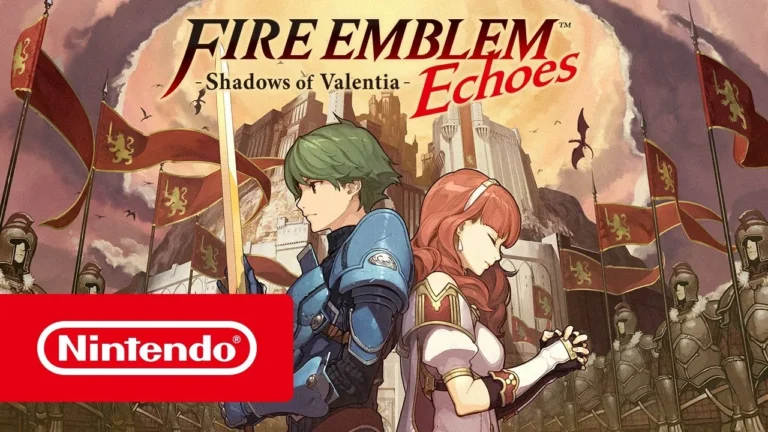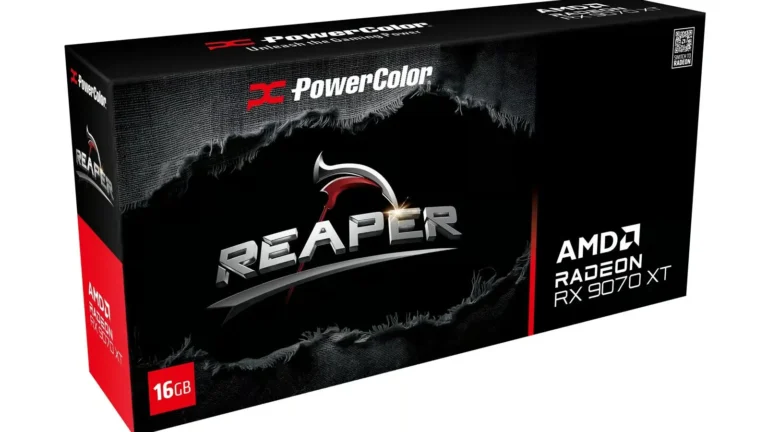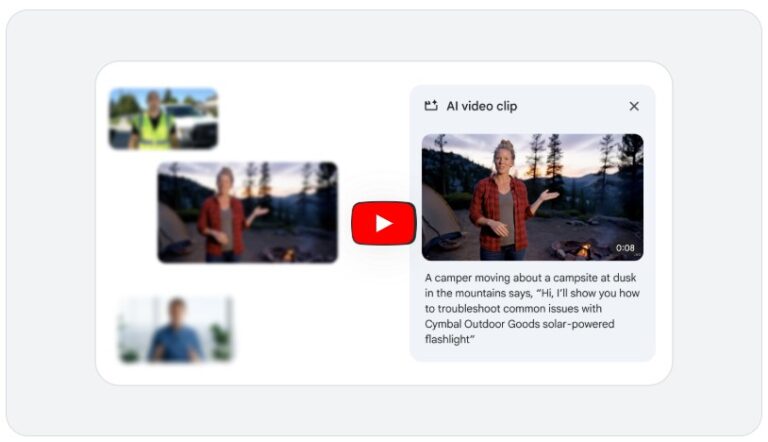Gaming is evolving faster than ever, with new titles, powerful hardware, subscription models, and cloud gaming reshaping the industry. But one question keeps coming up: Is the Xbox Series S — once known as the “budget next-gen console” — still relevant in 2025?
With major updates, price hikes, and changing market trends, let’s dive into the current status, pros, cons, and future potential of the Xbox Series S.
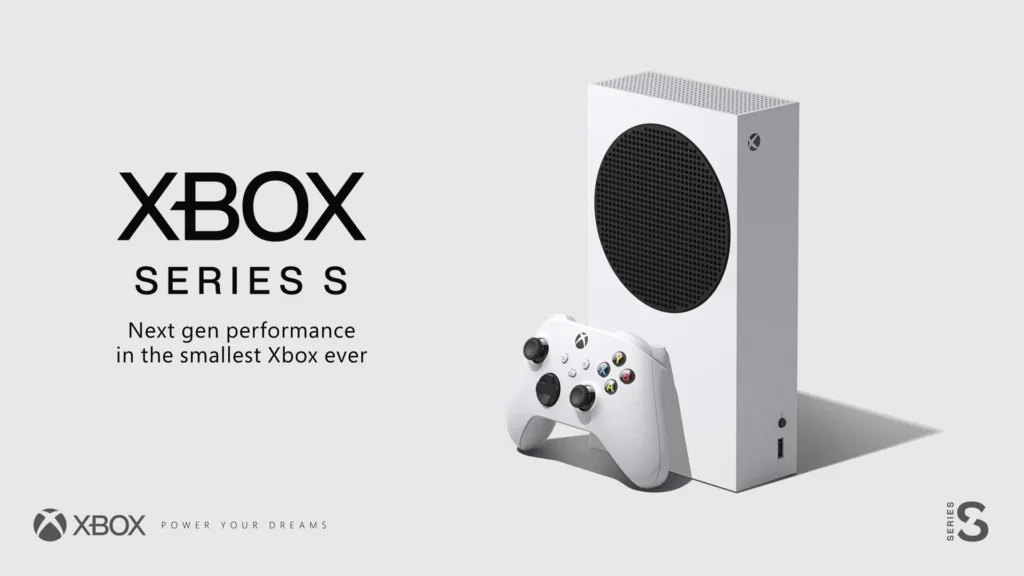
1. Recent Price Hike & Its Impact
Microsoft recently announced another price increase for Xbox consoles in the U.S. Starting September 2025, the Xbox Series S (1TB model) will cost around $450. This marks the second price hike of the year.
What does this mean for gamers?
- The Series S is no longer the cheap entry-level option it once was.
- Gamers who previously considered it the most affordable “next-gen starter console” may now look elsewhere.
- However, despite the higher price, it still provides a decent gaming experience for casual or light users.
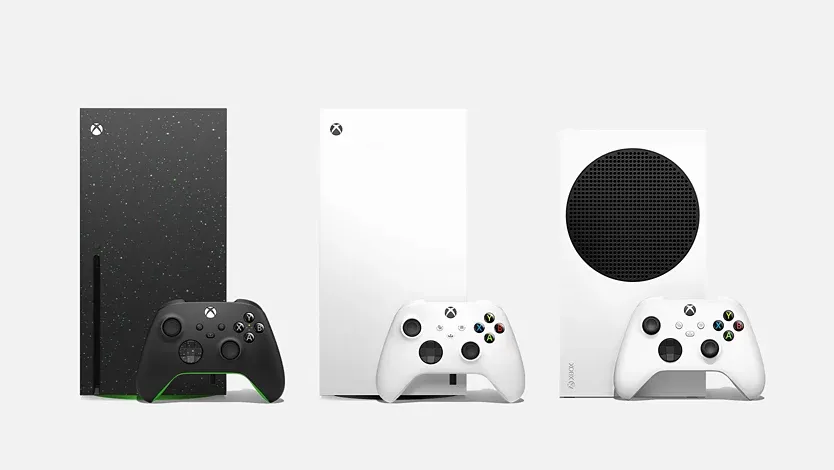
2. Performance, Limitations & Real-World Use
Gaming Performance
While the Series S handles most games well, it lacks the raw power of the Xbox Series X or PlayStation 5.
- Developers have openly discussed its memory constraints. For example, during Battlefield 6 development, certain levels were crashing on the Series S. The studio needed an additional 60 days for optimization.
Storage Challenges
- The base model’s storage capacity is limited.
- With modern games getting larger, players often run out of space quickly.
- Although Seagate recently launched a 4TB expansion card, its price is shockingly higher than the console itself.
💡 Bottom line: If you want to store multiple AAA titles, expect to make an extra investment in storage.
Value Proposition in 2025
Some analysts argue that the Series S actually holds more value today for casual gamers and Xbox Game Pass users. But if you’re looking for high graphics settings or consistent 120fps performance, its limitations will become obvious.
3. Market Trends & User Base
- According to an analyst report, the Xbox console user base may “flatline” at around 42 million users by the end of 2025, showing slowed growth.
- Hardware sales have declined: in Q2 2025, Xbox Series X|S sales dropped by 22% YoY.
- Despite this, Microsoft’s gaming division revenue grew due to Game Pass subscriptions and digital content, which helped offset hardware losses.
This highlights a shift in Microsoft’s strategy: less focus on hardware, more on services.
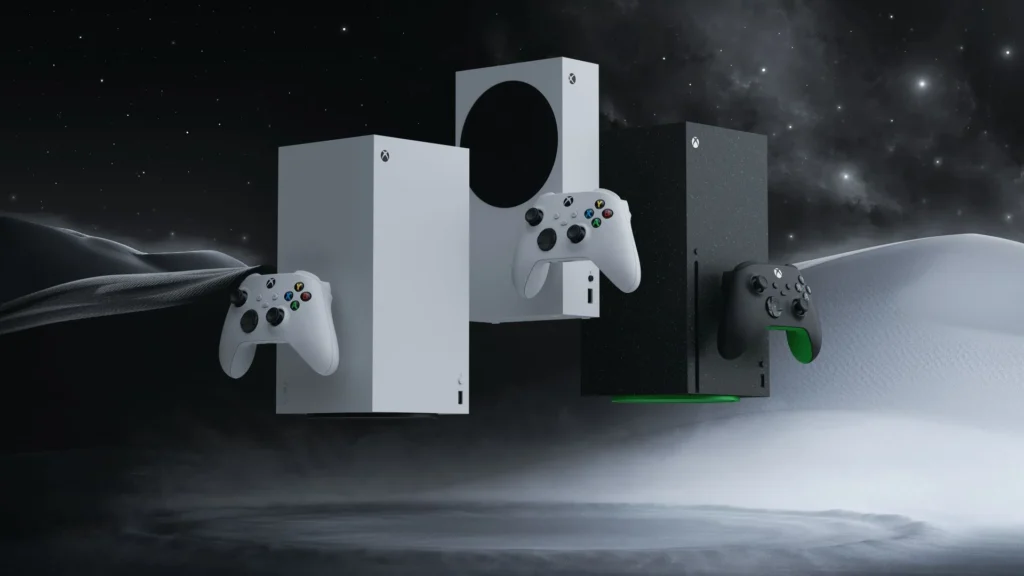
4. Is the Xbox Series S Still a Good Buy in 2025?
✅ Pros
- Still the most affordable entry point into next-gen gaming.
- Game Pass integration makes it highly versatile.
- Compact, energy-efficient, and quieter compared to larger consoles.
❌ Cons
- Limited storage fills up fast.
- Not suitable for high-end graphics in AAA titles.
- Recent price hikes reduce its budget-friendly appeal.
- Risk of being “outgrown” as future games demand more power.
5. Tips If You’re Buying or Already Own One
- Consider purchasing an expansion card for smoother experience.
- Use external USB drives for older backward-compatible titles.
- Watch out for bundle deals and discounts.
- Maximize value with Xbox Game Pass and cloud gaming to offset storage issues.
- Set realistic expectations: it’s not a flagship-level console.
Conclusion
The Xbox Series S in 2025 remains a balanced choice for casual and budget-conscious gamers, but it’s no longer the “cheap next-gen” console it once was.
If your gaming needs are heavy, graphics-intensive, or future-proofing focused, then the Series X or PS5 may be a better long-term investment.
But if you’re mainly a Game Pass user or want a compact, affordable way to enjoy next-gen titles without overspending, the Series S still makes sense — even in 2025.
Also Read:- AMD Athlon 3000G – Best $40 Budget CPU for Students

